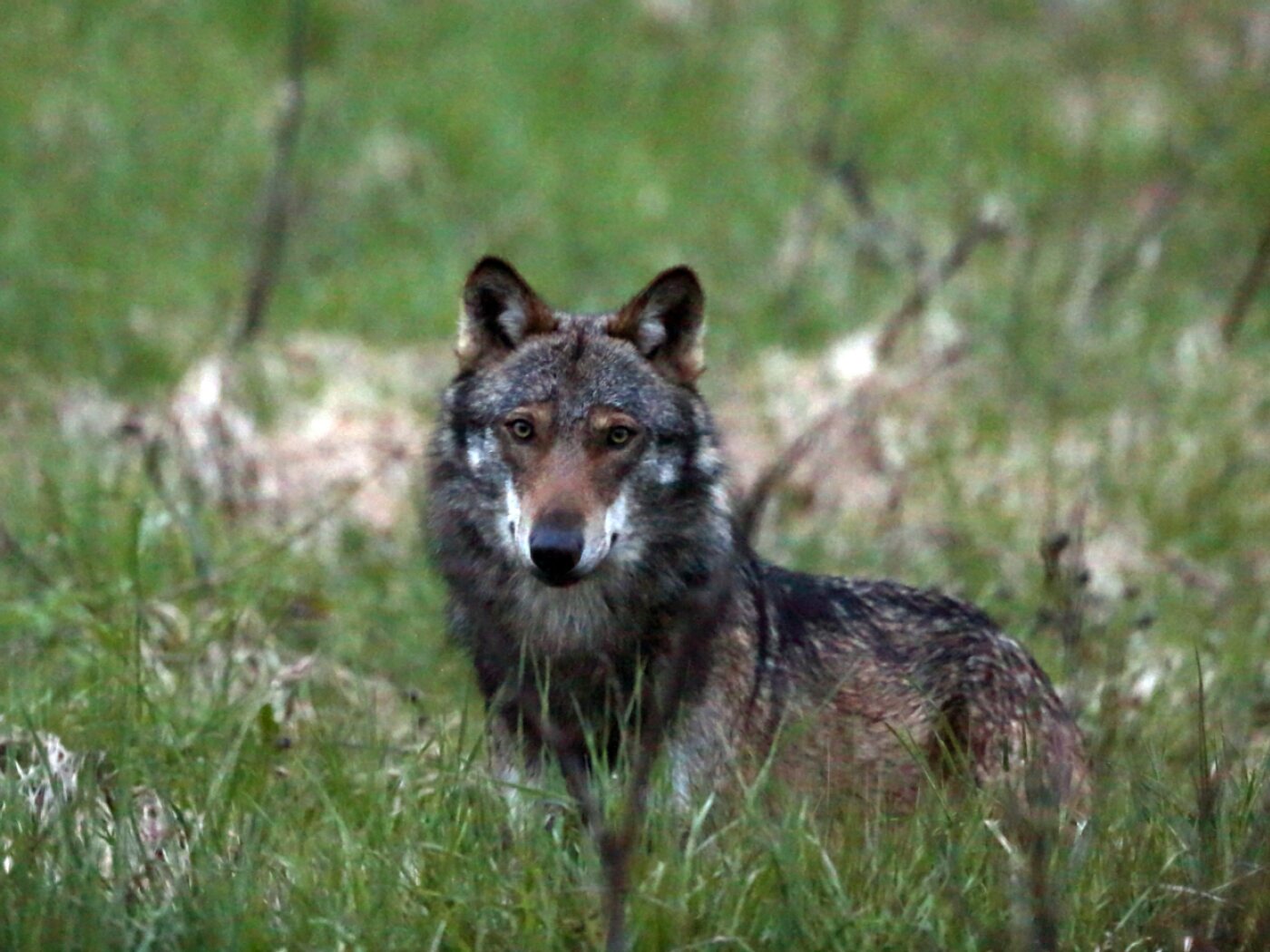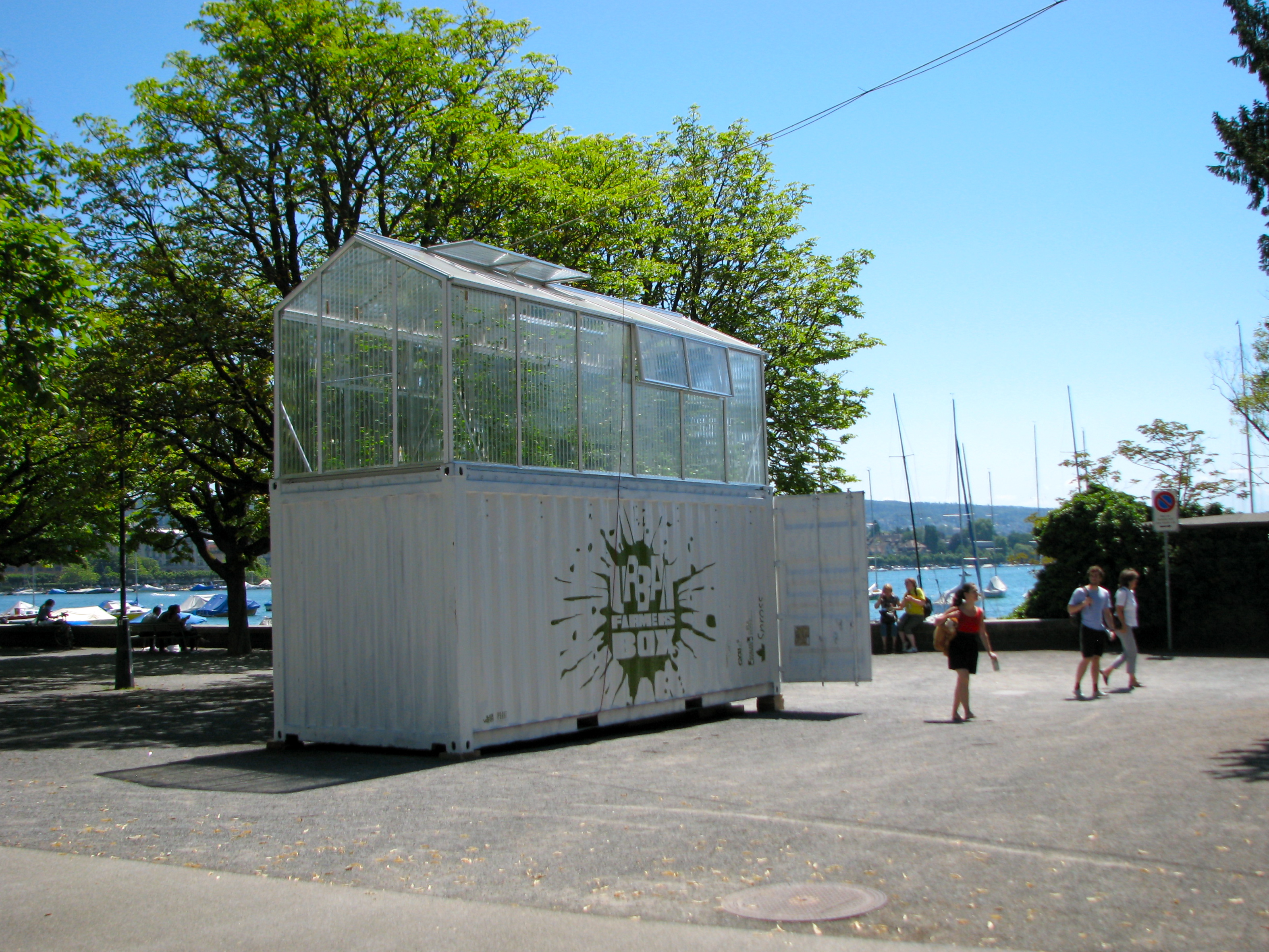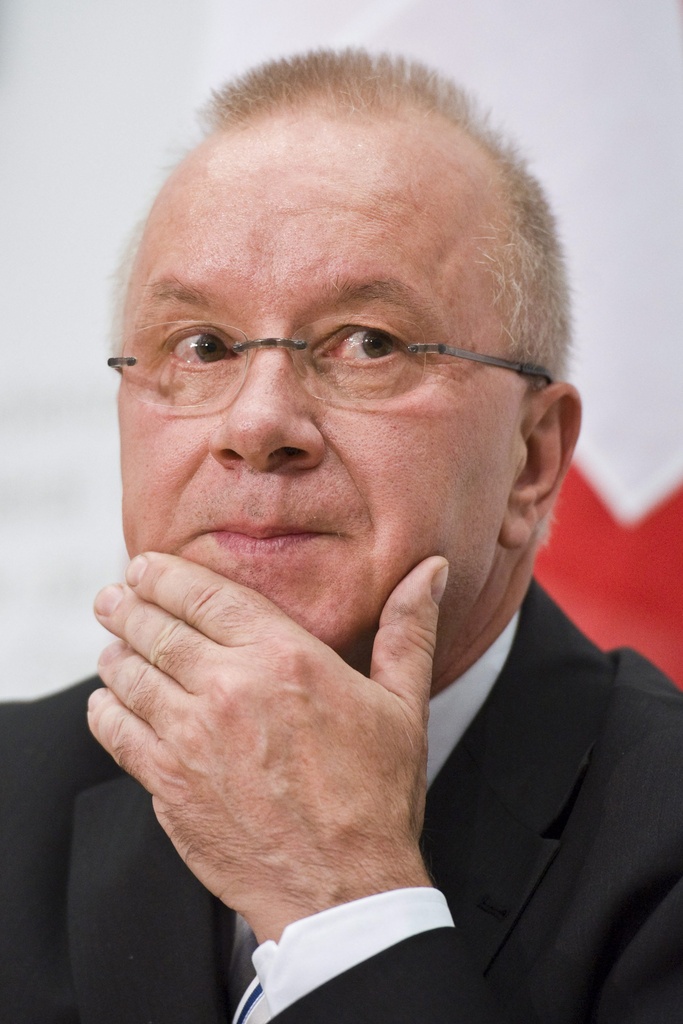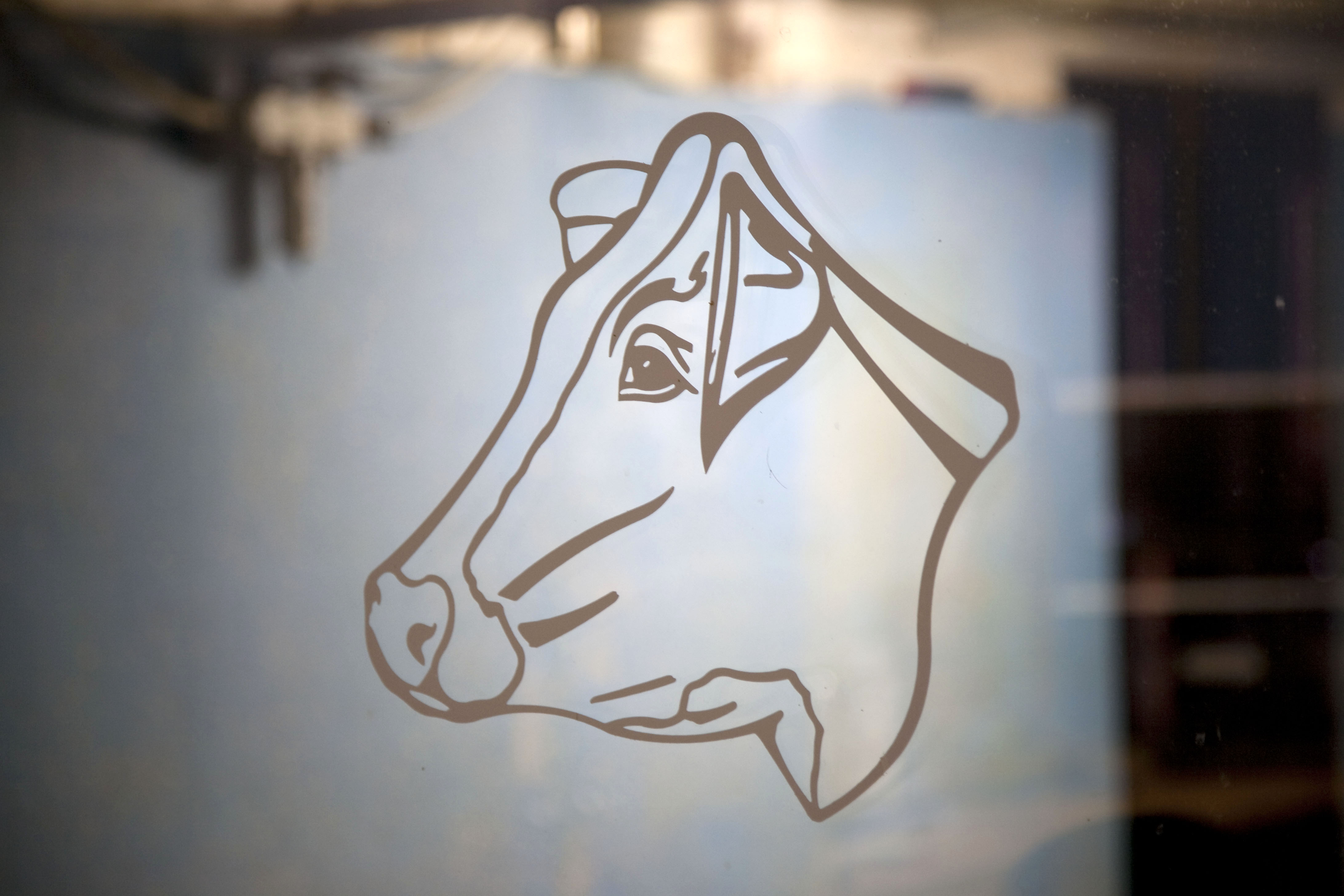Farmers feel pinch adapting to policy changes

Some Swiss farmers are turning to special coaches to learn how to cope with increasing financial - and psychological – burdens. These are among the unwelcome side effects of having to adapt to growing regulation of the sector.
Consultant Ernst Flückiger advises farmers whose world has been seemingly turned upside down in recent years. Market prices were scrapped in 1999. Export subsidies were done away with in 2008 and milk quotas were abolished a year later. And in a couple of years, direct payments to farmers will be more closely linked to sustainable farming methods.
“It requires a new and broader way of thinking from farmers used to more traditional methods and unwilling to take into account the fundamental changes of the past 40 years,” says Flückiger, who is himself a farmer and agricultural expert.
Andreas and Sonja Hofer are among his clients. They’ve been running a farm on Grossegg in the Emmental region for seven years. It comprises nearly 30 hectares of land, including more than nine hectares of wood, 27 cows, up to 50 calves and about 50 pigs. A beehive, cats and Baloo the dog complete the picture of the family with three children.
Their renovated home is at 820 metres above sea level in the midst of a hilly countryside with pastures and forests, a good 30-minute drive from the Swiss capital, Bern.
“We live somehow remotely central,” 42-year old Andreas quips.
He grew up on the farm which for the past 300 years has been in the hands of the Hofer family, deeply rooted in this rural environment of the Emmental, a region famous the world over for its cheese with the distinctive holes (known simply as “Swiss cheese” in North America). Andreas says he particularly liked working with animals, so his choice of profession appeared set when his brother decided to earn a living as a teacher at an agricultural college.
For 12 years Andreas and his wife worked with his father, before they took over the farm in 2005.
Sitting in the spacious and bright kitchen, Andreas resists the temptation to blame politicians for the continual changes to agricultural policy, which has made life for him and his family increasingly difficult.
Revenue slump
He gives a striking example of the decreasing income for a dairy farmer. “My father used to milk about 80,000 litres every year and made a maximum of SFr1.07 ($1.17) a litre. Whereas I milk 200,000 litres and get between 55 and 60 centimes at best.”
In addition there are running costs for machinery, insurance premiums and money that has to be set aside for building repairs or other infrastructure.
Altogether, reckons Andreas, the decrease creates a gap in revenue of about SFr100,000 annually, which has to be made up for with greater output and more cost-effective methods.
The Hofers say they had reached a point where they, like many other Swiss farmers, seriously questioned whether they had a future.
Besides running a medium-sized dairy farm Andreas has been working for many years as a farming inspector for the canton, which brings in an additional income.
The couple decided to consult Flückiger for the first time about two years ago.
“My role is not that of a typical advisor and I certainly have no ready-made solutions. I ask questions, but it is up to the farmers who come to see me to do the talking and they take the decisions,” Flückiger says.
Close friend
Andreas and Sonja first went to see the coach to get a critical appraisal of their situation.
“A close farmer friend suddenly developed psychological problems and had to be treated in a clinic. There were also problems with the family. That got us thinking,” recalls Sonja.
They began to question their own way of living: Being dairy farmers means usually getting up before sunrise and not finishing until early in the evening, seven days a week, all year round.
With the prospect of another 20 active years for Andreas, and an ever increasing workload they thought the moment was right to take stock.
Together with Flückiger they considered – and rejected – various options, including giving up dairy farming and focusing on stock breeding, or conversely, buying an additional farm to increase milk output.
They also briefly discussed whether Sonja could work outside the farm – an idea dismissed at the time.
“Sitting together with someone with an outside view did us a whole lot of good. It confirmed that not everything we are doing is wrong,” as Andreas put it.
Even though the counselling did not result in any major changes it “encouraged” them to continue.
And by a happy coincidence they came across a job offer which seemed ideal for Sonja, a trained home care worker. She works shifts at a nearby old people’s home, a situation that seems to suit everyone although it takes a fair bit of organising for the family and the farm.
Thinking bigger
Flückiger, who looks back over nearly a decade as a farmers’ coach, says the major changes in agriculture are often a huge challenge, and seem to leave little choice for those involved.
But despite the difficulties many of his clients find themselves in, Flückiger says four out of five cases are turned around for the better.
He insists that farmers must learn to act like entrepreneurs to survive in the long run, and to seek more cooperation with fellow farmers.
“But there are no simple solutions. Every case is different and everyone has to use his own strengths,” he adds.
Compared with other European countries, Switzerland’s farming sector is characterised by many smallholdings and above average financial support from the state.
Respect
The Organisation for Economic Co-operation and Development (OECD) acknowledges that the Swiss have made progress to scrap forms of support which allegedly distort international trade and production, including the controversial milk quota system virtually giving dairy farmers a guaranteed income.
But it is a mixed blessing for farmers like the Hofers. They cannot compete with bigger farms in the lower-lying and flatter part of the country. And realistic alternatives – such as going abroad – are too often limited. Beginning a new life in another country is not an option, says Andreas.
In an ideal world, says Flückiger, farmers should be able to fetch better prices for their produce so they can earn a decent living, and maintain their farms so they can be handed down to the next generation. But a lot of work still has to be done to raise awareness among consumers of the importance of buying locally grown and produced goods.
It is a point echoed by Andreas who argues he would not mind working without government payments, if he got a fair price for his milk.
“I wish people appreciated food more and the work that goes into ensuring quality.”
Following voters’ approval of a constitutional amendment in 1996 to base Swiss agriculture on sustainability and ensure food supply a number of reforms were introduced:
1999: Scrapping of market price and sale guarantees
2007: Deal with EU on cheese trade
2008: Abolition of export subsidies, moving from market support to direct subsidies; lowering customs tax for fodder import
2008: Launch of negotiations with EU about free trade accord for agriculture and food products
2009: Abolition of milk quotas (which sends prices plunging amid overproduction)
As part of the agriculture programme 2014/2017: Direct subsidies more closely linked to sustainable production methods, animal welfare, biodiversity.
The number of Swiss farms has dropped to 59,065 – including 5,659 organic farms – in 2010 from a total of 125,274 over the past three decades.
The number of people working in agriculture decreased to 166,722 from 359,051 in the same period. They currently account for about 4.3% of the working population.
The Swiss agricultural sector produced goods and services worth SFr10.8 billion in 2010.
The total farming land covered 1,055 684 hectares in 2010, including about 50% for pastures and about 25% in arable land. Vineyards make up for about 1.5% of the total.
Some 47% of the agricultural land was in low-lying areas, 26% in hilly regions and the rest in the mountains.
About 15 million animals are held on Swiss farms.
The average size of a Swiss farm is about 20 hectares, up from about 15 hectares over the past 25 years, but below the average of the 27-EU countries.
(Sources: Federal Statistics Office and Swiss Farmers Association)

In compliance with the JTI standards
More: SWI swissinfo.ch certified by the Journalism Trust Initiative















You can find an overview of ongoing debates with our journalists here . Please join us!
If you want to start a conversation about a topic raised in this article or want to report factual errors, email us at english@swissinfo.ch.